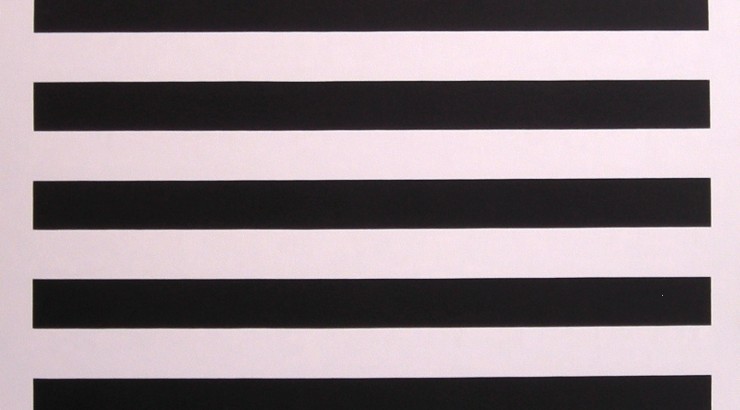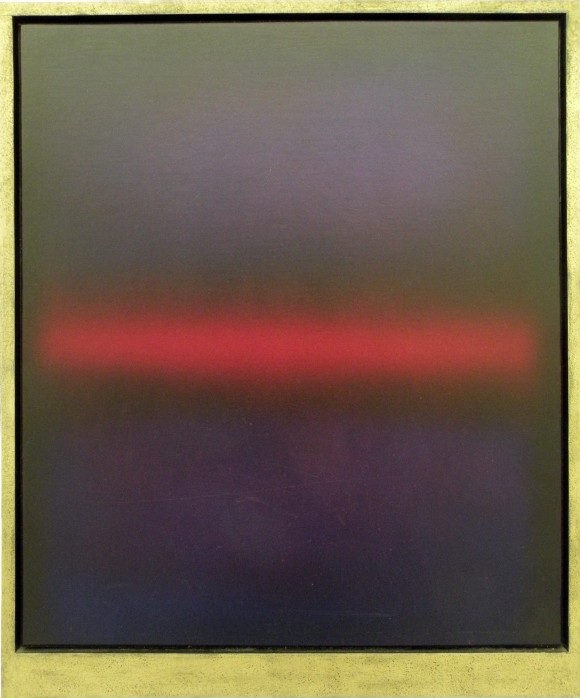Minimalism How did minimalist art develop?
December 21, 2015
Minimalist art was developed in the early 1960’s as a direct descendant of the Abstract Expressionist movement. Just a decade earlier the abstract expressionists took hold of the art world, further progressing the way that artwork was conceptualized. The goal of abstract expressionism is simply to let the artist express their emotions through their artwork. In the Escalette Collection, Hassel Smith is an example of an abstract expressionist artist. Some more examples are Jackson Pollock or Willem de Kooning.
Minimalist artwork emerged with artists such as Frank Stella, Agnes Martin, Mary Corse and Eric Orr. They wanted to take their artwork a step further than the abstract expressionists, removing their own personal biography and any tie to emotion or meaning. Uprooting the notion that a specific meaning was connected to a work of art allowed them to expand and push the boundaries of the art world.
Artists like Duchamp started using ready-made objects as formal works of art. Using geometric shapes and store-bought items was revolutionary; now, instead of only finding meaning in the artwork, the viewer was able to fully evaluate the object as art by looking at the work in terms of color, texture, light and much more. Being that one of the goals of minimalist artists was to break down the boundaries of art, they focused their attention on the distinction between painting and sculpture, wanting to nullify these distinctions and turn them into equal art forms.
The styles of these artists can differ tremendously; while some have a strong aesthetic beauty, others are so barren that they become harsh and uninviting. The simplicity of minimalist artwork defies the previously established principles of art, including that art is meant to have meaning and beauty. The minimalists did not make art for a purpose; instead they made art only for it to exist and push the boundaries previously set up in this world, leading to the creation of a new era for what is acceptable and classified as art.








